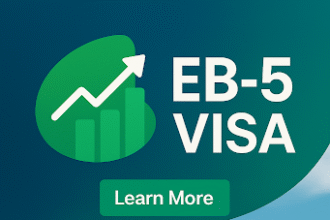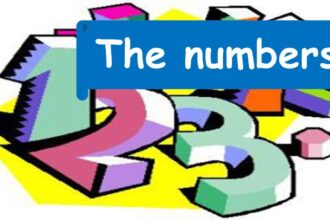In organisations with over a thousand employees, recognition must be more than a casual gesture. It becomes a critical part of company culture, designed to motivate, retain, and connect people across roles, locations, and departments. But what does recognition actually look like in such large businesses?
A Formal, Embedded System
With headcounts in the thousands, informal recognition can’t reach everyone. Successful organisations implement formal systems to ensure achievements are seen and celebrated at all levels. Recognition platforms are integrated into daily workflows, enabling staff and managers to acknowledge contributions instantly and consistently.
This systematisation gives structure to what might otherwise be a scattered effort. It ensures that recognition becomes part of the company’s routine, not a sporadic or optional activity.
Regular, Real-Time Feedback
In companies of this size, recognition works best when it happens in the flow of work rather than through infrequent, formal reviews. Employees respond more strongly when appreciation is given immediately after an achievement or meaningful action, ensuring the feedback feels relevant and timely.
Many large organisations rely on structured systems, such as those used in Carlton One employee engagement and incentive programs, to support this immediacy. By making recognition visible the moment it occurs, staff can see that their efforts are acknowledged right away, rather than becoming lost in the volume of daily operations or delayed by internal processes.
Personalised, Not Generic
Despite the scale, large companies still aim for personalisation. Managers are encouraged to refer to specific achievements and tailor the message to the individual. This avoids the trap of generic praise and shows genuine attention to the person’s role and impact.
Recognition that speaks directly to the nature of someone’s contribution is far more powerful than blanket statements. It supports a culture where people feel seen, not just managed.
Multi-Directional Recognition
Appreciation in large businesses flows in all directions—not just top-down. Peer-to-peer and even upward recognition help create a shared culture of respect and gratitude. Staff are empowered to acknowledge colleagues’ efforts across teams and departments.
This widespread participation helps flatten hierarchies and strengthens working relationships. It also gives leaders greater visibility into unsung contributions happening outside of formal review channels.
Linked to Business Goals
Recognition isn’t random—it’s aligned with what matters to the business. Whether it’s innovation, customer care, teamwork or safety, organisations highlight achievements that drive results. This ensures that recognition supports the company’s mission and reinforces key values.
Employees are more likely to repeat behaviours when they see a clear connection between recognition and business success. It also helps standardise the meaning of “great work” across diverse functions.
Tangible, Flexible Rewards
Recognition in large organisations often includes more than verbal praise. Tangible rewards, when delivered meaningfully, can reinforce appreciation and drive further engagement. To manage this at scale, companies implement flexible systems that allow employees to choose rewards suited to their preferences, whether it’s merchandise, experiences, or charitable donations.
These systems are designed to be culturally adaptable and globally scalable, ensuring relevance across diverse teams. By offering choice and personal relevance, businesses move away from generic incentives and instead deliver rewards that resonate with individuals, making the recognition more impactful and inclusive.
Driven by Data
In large enterprises, recognition efforts are tracked and evaluated. HR teams analyse participation levels, identify patterns of bias or neglect, and adjust strategies accordingly. Data helps maintain fairness, ensures inclusion, and shows the impact on engagement and retention.
This continuous performance management approach ensures that recognition evolves with the business. It becomes not just a feel-good initiative, but a measurable tool for cultural and operational improvement.
Inclusive and Culturally Aware
Recognition strategies reflect the diversity of today’s workforce. Global companies account for cultural norms, local customs, and individual preferences. This might mean adapting language, offering region-specific rewards, or acknowledging achievements relevant to local markets.
Inclusive recognition ensures that every employee—regardless of role or location—feels valued in a way that’s respectful and relevant. This, in turn, reinforces a culture of belonging across the entire organisation.
Bringing Scale to Meaningful Recognition
In companies with 1,000 or more employees, recognition must be intentional, inclusive, and embedded into the everyday fabric of work. It is structured through digital systems, delivered in real time, and deeply connected to personal and organisational goals.
When executed well, recognition unites large teams around shared values and boosts motivation at scale. It turns thousands of individual roles into one aligned workforce—engaged, appreciated, and ready to thrive.

















